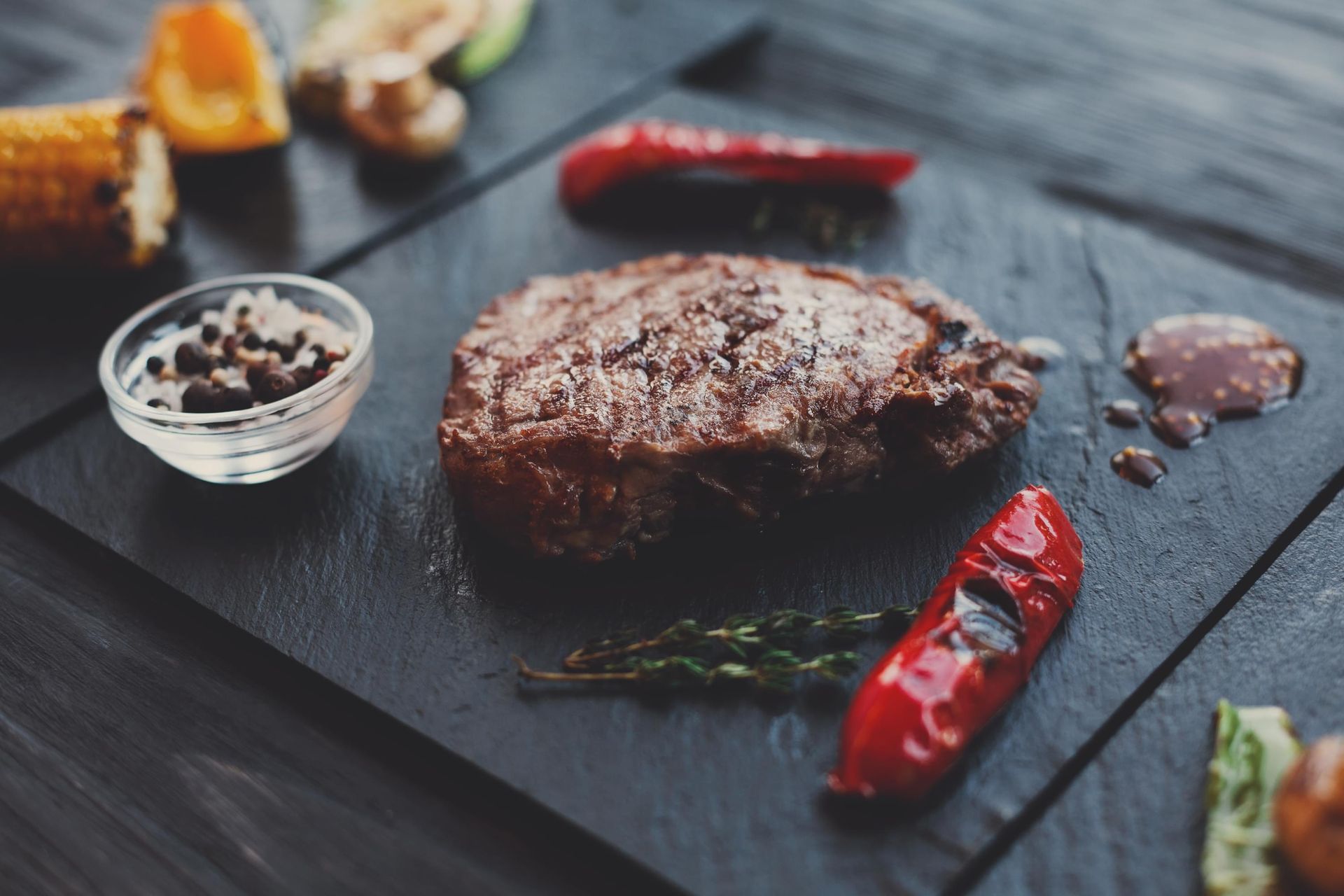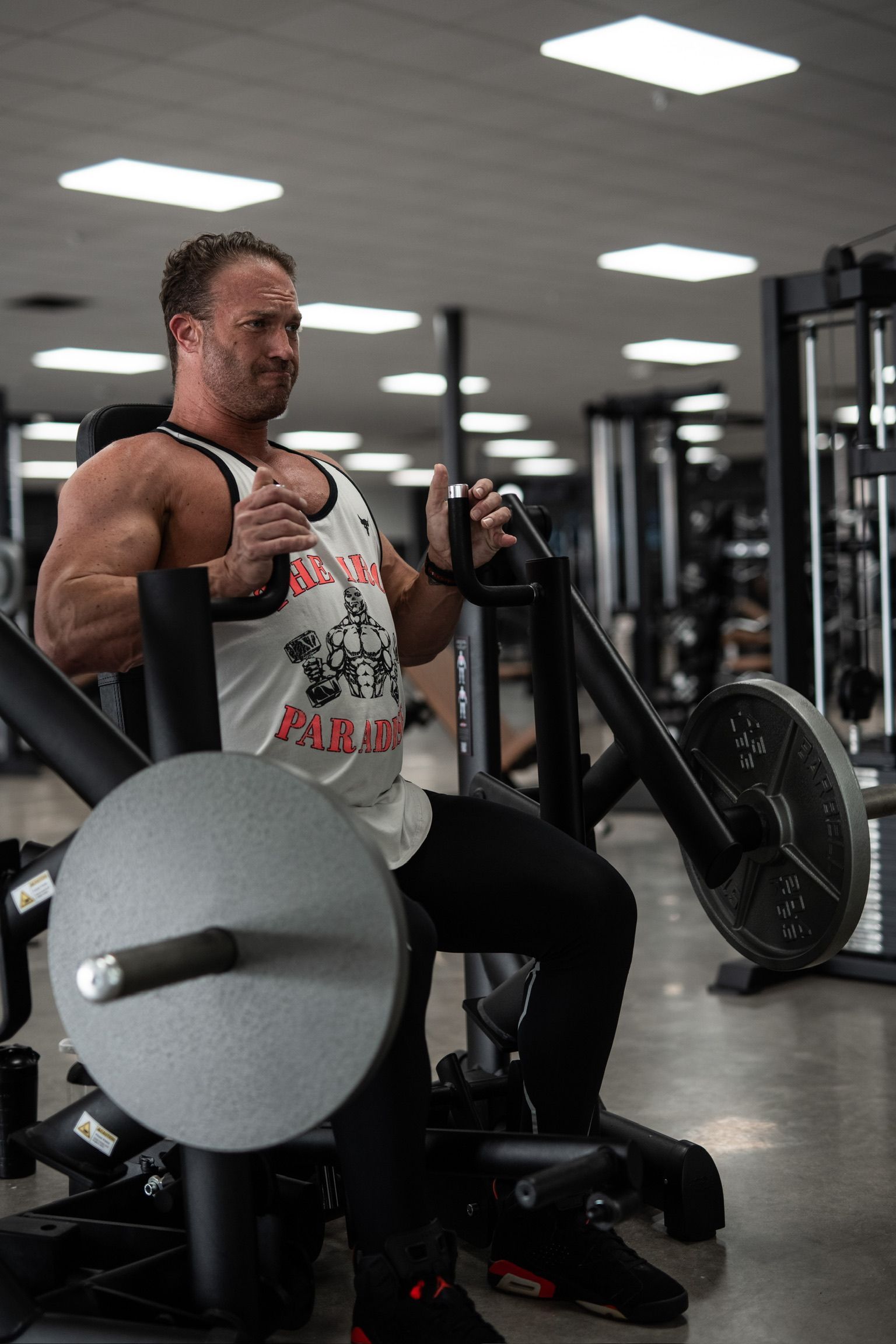Fueling Fitness: The Crucial Role of Nutrition in Shaping Body Composition
Fueling Fitness: The Crucial Role of Nutrition in Shaping Body Composition
While the gym is a battleground for achieving fitness and aesthetic goals, the kitchen plays an equally pivotal role. Nutrition profoundly impacts body composition, muscle development, and overall health. This article explores the fundamental relationship between diet and physical appearance, providing insights and guidance on how to optimize nutrition to meet fitness goals effectively.
1. Macronutrients: The Building Blocks
Understanding and managing macronutrients—proteins, carbohydrates, and fats—is key to optimizing body composition.
- Protein is essential for muscle repair and growth. It aids in recovery post-exercise and should be a staple in every meal, especially for those looking to increase muscle mass.
- Carbohydrates are the primary energy source for the body, especially during high-intensity workouts. Quality matters; opting for whole grains, fruits, and vegetables can enhance performance and satiety.
- Fats are vital for hormonal balance and cell function. Healthy fats, such as those found in avocados, nuts, and seeds, support metabolism and can help sustain energy levels throughout the day.
2. Caloric Intake and Expenditure
Achieving specific body composition goals often requires adjusting caloric intake. To lose fat, one must typically consume fewer calories than expended, while muscle gain often requires a caloric surplus. However, the quality of calories consumed is as crucial as the quantity. Nutrient-dense foods can improve metabolism and body function, aiding in faster and more sustainable results.
3. Meal Timing and Frequency
The timing of meals can influence workout performance and recovery. Eating a balanced meal rich in carbohydrates and protein before a workout can provide the necessary energy and amino acids for muscle endurance and growth. Post-workout, a similar meal can aid in recovery and muscle repair. Additionally, consistent meal timing can stabilize blood sugar levels, reducing energy dips and cravings.
4. Hydration: An Overlooked Aspect
Hydration is crucial for optimal physical performance and metabolism. Water helps transport nutrients to cells, aids digestion, and regulates body temperature. Adequate hydration can also influence muscle recovery and function, making it a critical component of any fitness regimen.
5. Supplements: Aiding Nutritional Goals
While not substitutes for a balanced diet, supplements such as protein powders, BCAAs (branched-chain amino acids), creatine, and omega-3 fatty acids can support specific fitness goals. They can enhance performance, reduce muscle breakdown, and speed recovery. It’s important to choose supplements wisely and consider them as adjuncts to a well-rounded diet.
6. The Role of Micronutrients
Vitamins and minerals play vital roles in energy production, immune function, and bone health, among other processes. Deficiencies can impair athletic performance and recovery. Eating a varied diet rich in fruits, vegetables, lean proteins, and whole grains can help ensure adequate intake of essential micronutrients.
Conclusion
Nutrition is a powerful tool for modifying body composition and achieving fitness goals. It requires a balanced approach, incorporating a mix of macronutrients, adequate hydration, and micronutrients, tailored to individual energy and recovery needs. By understanding and applying the principles of nutrition, anyone can enhance their fitness results, improve health, and achieve their desired body aesthetics. Consultation with a dietitian or nutritionist can provide personalized guidance, making the journey towards fitness goals more effective and enjoyable.



